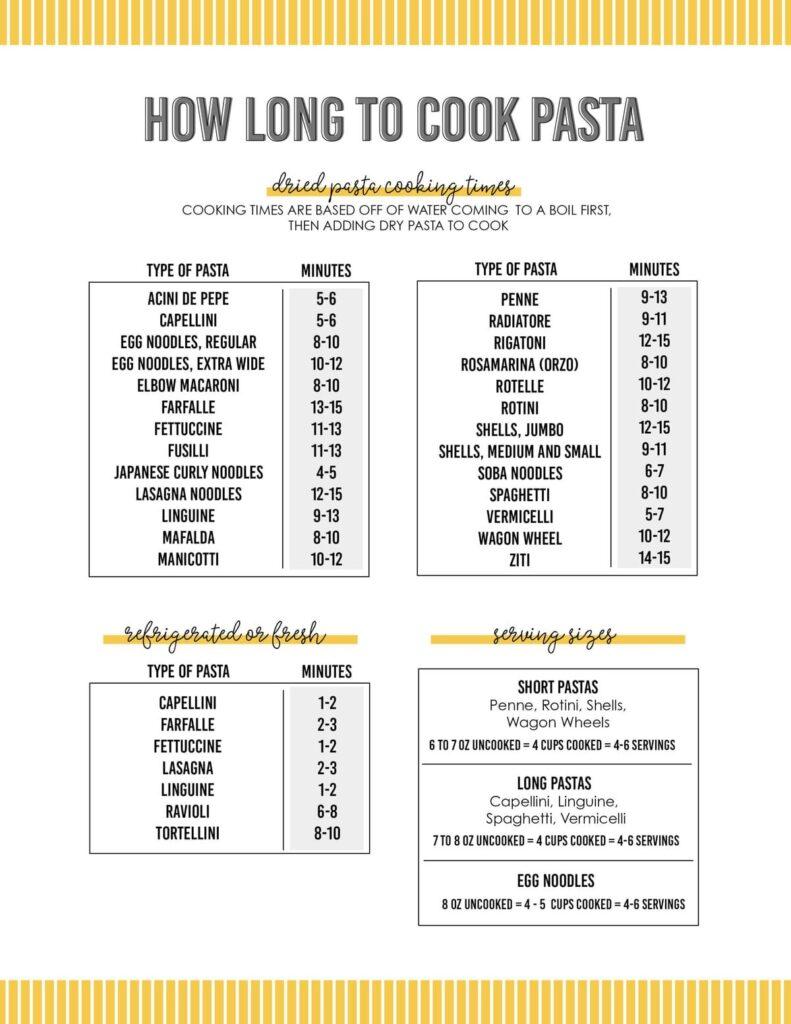Can You Cook Pasta in A Food Steamer?
A food steamer can be used to prepare a variety of foods, including vegetables, meats, and seafood. Some people also use steamers to prepare rice and other grains.
Yes, you can cook pasta in a food steamer but it depends on the type of food steamer and pasta. You can put your pasta in an electric food steamer and cook it, but the results may not always be desirable.
A food steamer is an electric appliance that circulates steam around the inside of the pot, cooking food quickly and evenly.
You can’t cook pasta in an electric food steamer because it has no water circulation. The pasta will not be evenly cooked.
Here’s a list of what you can cook in an electric food steamer.
It’s recommended to use a pasta steamer. It functions like a normal pot but has a pasta steaming insert.
A stainless-steel pasta steamer is great for most pasta such as spaghetti, bucatini, and fettuccine.
Read: How Do You Clean An Electric Food Steamer?
How Long Does It Take to Cook Pasta in a Steamer?
The time you should allow for cooking the pasta depends on your preference and the type of pasta being cooked.
On average, it takes between 6 to 12 minutes to steam pasta. This is raw pasta that hasn’t been pre-cooked. Once the time elapses, stir, drain and serve.
The cooking time for different kinds of pasta depends on the shape and diameter of the pasta. There are several types of pasta available, ranging from asparagus tips to mini penne.
Here’s a chart that gives cooking time for various pasta.

How to Prepare Pasta Using a Pasta Steamer
Preparing pasta with a pasta steamer is simple.
What you’ll need:
- Pasta Steamer
- Dried Pasta of choice
- Water
- Salt
Steps to make your pasta:
Add water to the pasta steamer pot. Do not fill water to the brim. Leave about two inches from the top to prevent water from spilling when you submerge the pasta steamer basket.
Add salt to the water for seasoning. Salt also helps with even cooking.
Place the pot with water on the stove and let it boil.
Add your pasta to the steamer basket. Ensure that the pasta is evenly distributed to facilitate even cooking.
Next, add the steamer basket with the pasta to the pot of boiling water. The steamer basket has handles to allow safe placement.
Let the pasta cook for the designated time. Refer to the chart above for specific cooking times.
Once the time has elapsed, turn off the stove and remove the pasta steamer.
Lifting the pasta steamer from the pot strains the pasta as it has perforations.
Finally, run the pasta under cold water to stop further cooking.
After steaming, you can add some sauce on top of the pasta as well as some cheese to give it a nice taste.
Pasta dishes can be prepared in several different ways apart from steaming. You can cook them in the oven to bake them.
Another option is to fry with some oil.
The only rule is that the pasta must not be boiled too long. Boiling pasta too long will make your dish watery.
It may also stick to the pot and make it hard to get it out, so be careful of that.
Read: Are Food Steamers Worth it?
Frequently Asked Questions
Can You Cook Pasta in A Rice Maker?
Yes, it is possible to make pasta with a rice cooker. You can add pasta and water to the rice cooker, cover it, and cook for about 6 to 12 minutes.
Can You Steam Pasta in The Microwave?
Yes, you can steam pasta in the microwave. All you need is a microwave-safe bowl with a lid, spaghetti or other pasta, and water.
Can You Cook Pasta in a Slow Cooker?
Yes, it is possible to cook pasta in a slow cooker. You can prepare any type or shape of pasta in your slow cooker. We’d recommend using thick pasta to prevent overcooking.
Conclusion
It is possible to prepare pasta using a steamer. You’ll get the best results when using a pasta steamer as opposed to an electric food steamer.
To get obtain pasta al dente, you need to have the pasta submerged in water when steaming.
There are other methods of cooking pasta aside from steaming such as baking, frying, and slow cooking.



